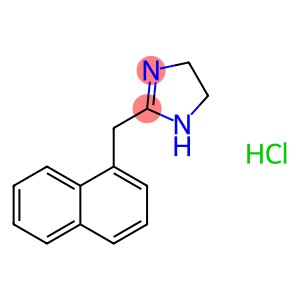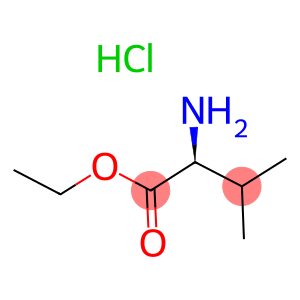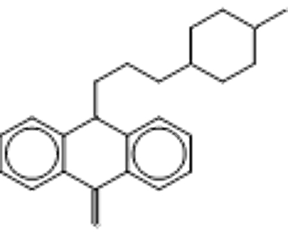2-(1-Naphthylmethyl)-2-imidazoline hydrochloride(CAS#550-99-2)
| Risk Codes | R25 – Toxic if swallowed R23/24/25 – Toxic by inhalation, in contact with skin and if swallowed. R20/21/22 – Harmful by inhalation, in contact with skin and if swallowed. |
| Safety Description | S45 – In case of accident or if you feel unwell, seek medical advice immediately (show the label whenever possible.) S36/37/39 – Wear suitable protective clothing, gloves and eye/face protection. S24/25 – Avoid contact with skin and eyes. |
| UN IDs | UN 2811 6.1/PG 2 |
| WGK Germany | 3 |
| RTECS | NJ4375000 |
| HS Code | 29339900 |
| Hazard Class | 6.1 |
| Packing Group | III |
| Toxicity | LD50 s.c. in rats: 385 mg/kg (Gylfe) |
Introduction
Quality:
- Appearance: White crystalline solid.
- Solubility: Soluble in water and some organic solvents.
Use:
- In chemical research, it can be used as a catalyst and reaction intermediate in organic synthesis.
Method:
The preparation method of naphazoline hydrochloride is more complex, and there are many ways to do it. A common method is to prepare hydrochloride by reacting naphthalene methoxyamine with hydrazine cyanate, followed by chlorinated acid treatment.
Safety Information:
- Follow routine laboratory safety protocols during use and storage of naphazoline hydrochloride.
- Wear appropriate personal protective equipment, such as lab gloves and goggles, and avoid direct contact with the skin, eyes, and respiratory tract.
- Take care to avoid inhalation or ingestion, and seek medical attention immediately if accidentally inhaled or accidentally ingested.
- Care should be taken to avoid ignition sources and other flammable materials when handling and handling chemical reactions involving naphazoline hydrochloride.








